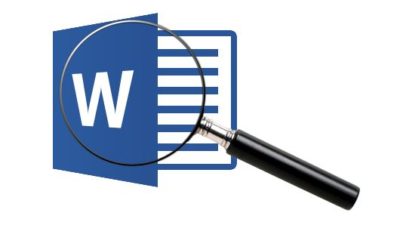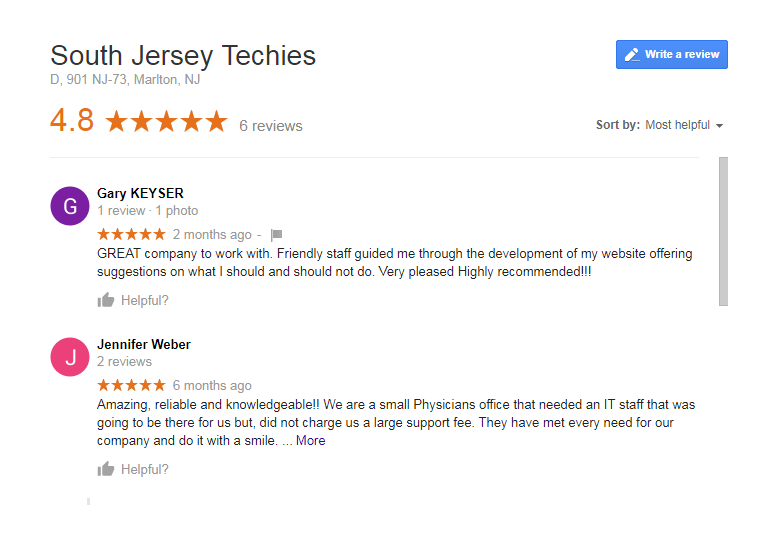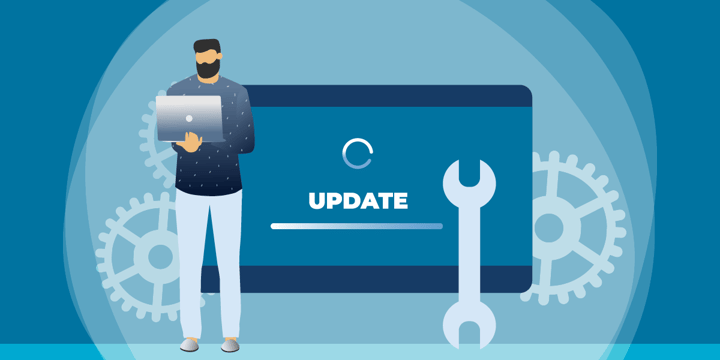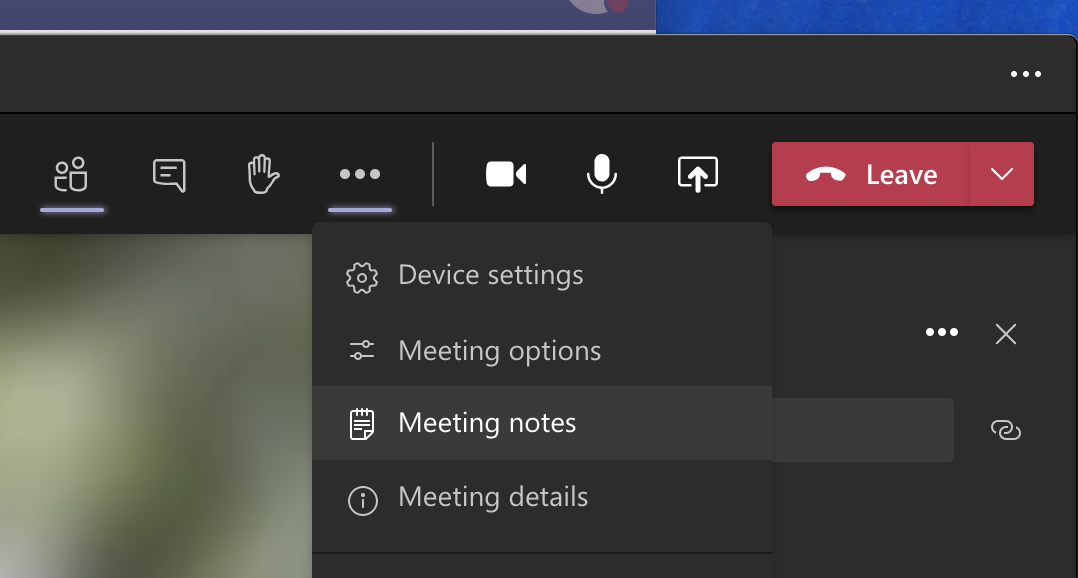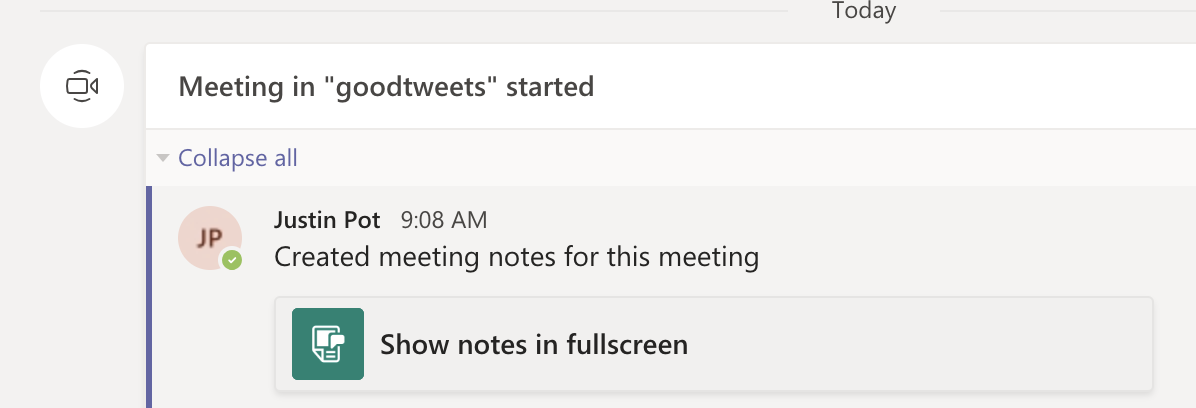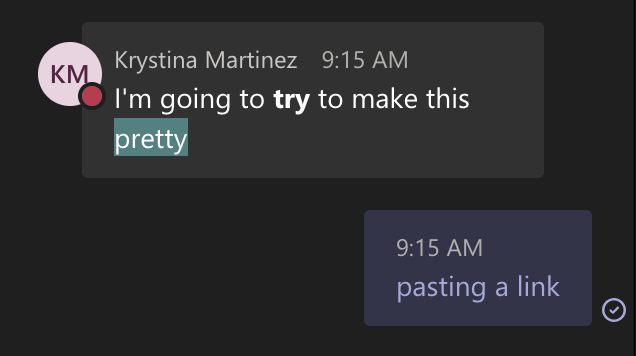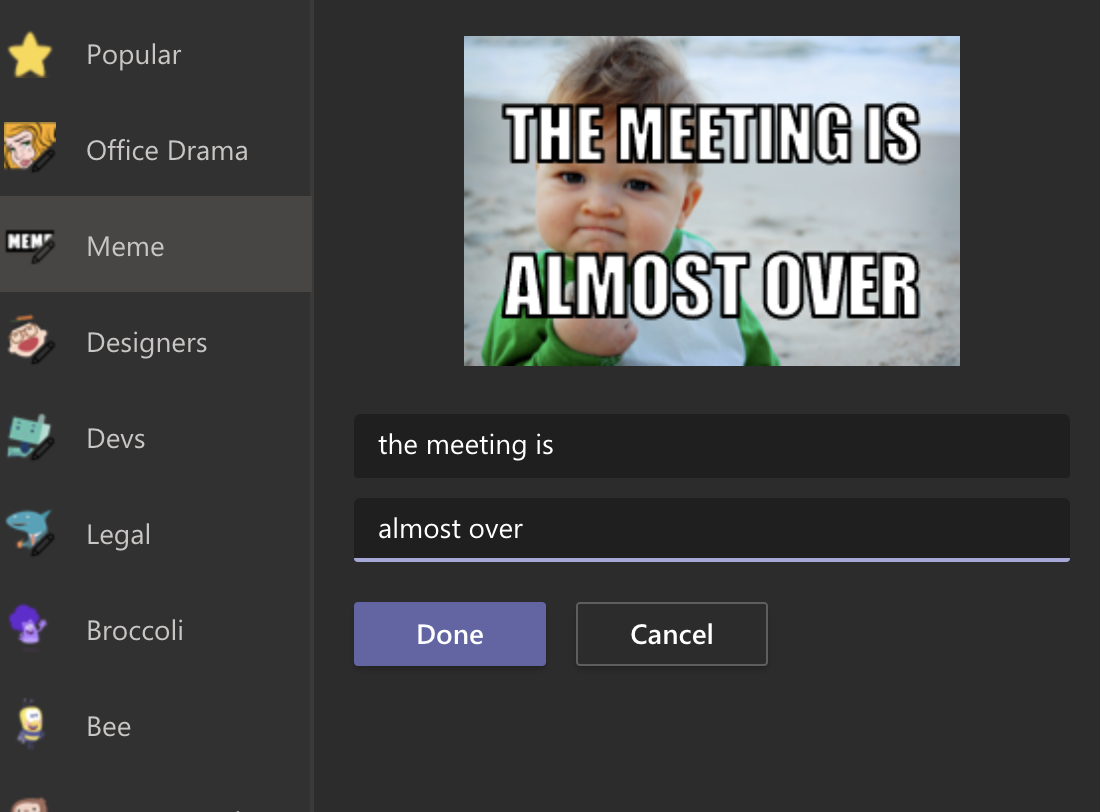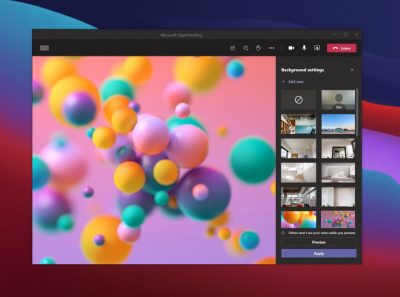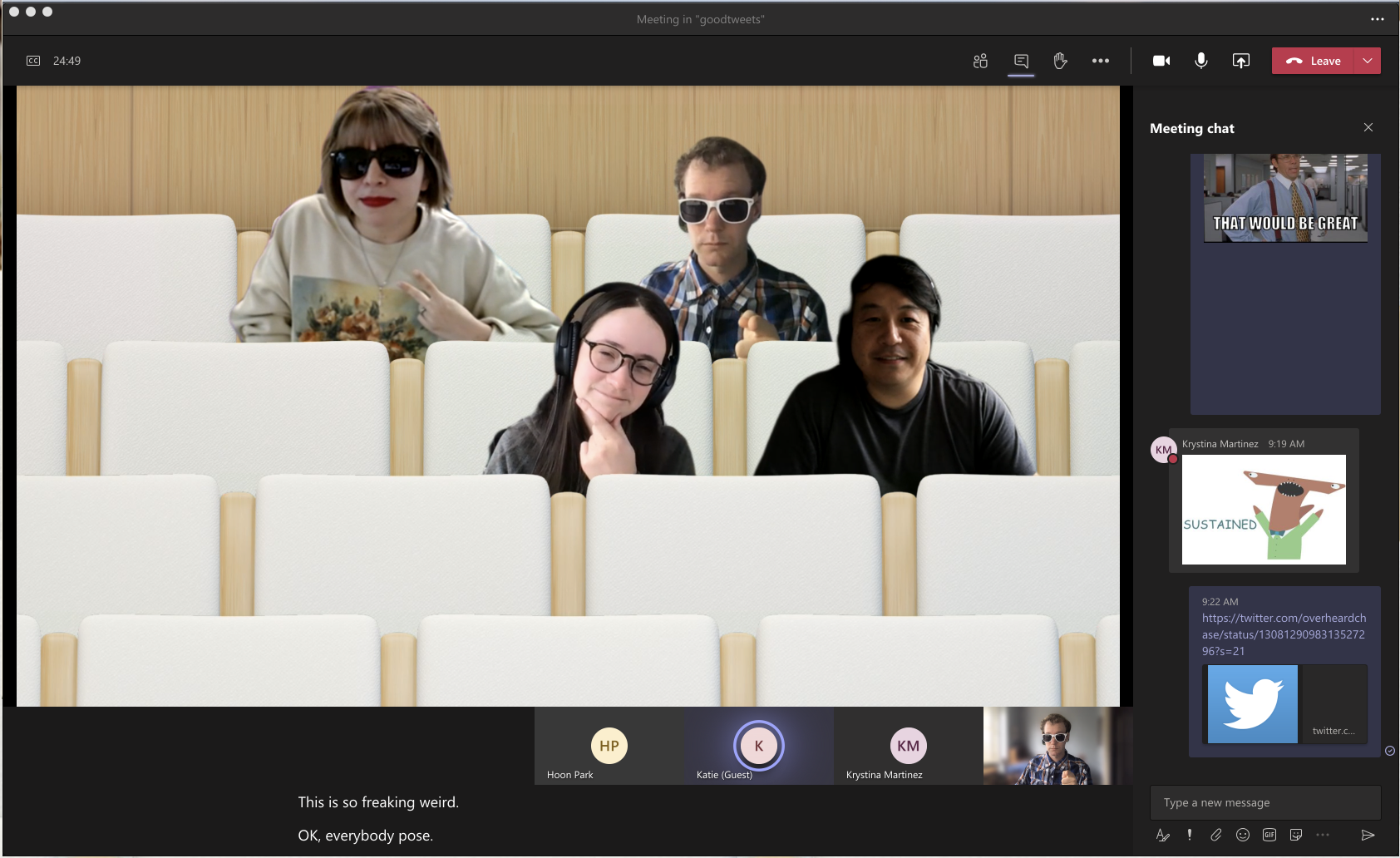Are we allowed to mention cheaper is not always better?
Takeaway: IT in general becomes a better value with improving technology every single year, but that does not equate to cheaper being best.
The register has published a couple of articles recently that have been gnawing away at me. Brid-Aine Parnell reports that just 5 percent of UK CIOs surveyed by the Corporate IT Forum consider Google a credible supplier to business, citing “missing features” when compared with mainstream offerings from companies like Microsoft.
For the last couple of years it’s seemed that talking disrespectfully about any element of cloud computing was corporate suicide. I’ve sat in meetings where organizations with anywhere from 40 to 100 users have asked us why they can’t use Google docs rather than Office with a fileserver, why we recommend laptops and workstations when PC World or Comet have alternatives for sale that may be hundreds of pounds cheaper, and why, on one occasion, we were recommending a phone system that was costly when Skype did everything an office phone did and cost nothing.
On the September 3, Rik Myslewski commented on Net Applications’ monthly ‘Net Market Share’ survey, which calculates Desktop Operating System Market Share based on internet usage reported by 40,000 websites worldwide.
Microsoft Windows 7 has just overtaken XP with 42.76% of the market share against 42.52% for XP. That’s over 85% of worldwide desktop computers running either Windows 7, the version of Windows currently in the shops and that a number of IT departments have, possibly reluctantly, upgraded their workforce to, or Windows XP, the version that shipped on PC’s between 2003 and 2007 and that plenty of large IT departments still choose to deploy.
Of the remaining 14.72 percent, Vista, reviled by users and IT departments everywhere, claims 6.15%. All flavors of OS X account for 7.13% (the largest single contributor was Lion, with 2.45%) leaving Linux with 1.10%.
Most IT pros have used Linux at some point; its appeal is too great not to. It’s powerful, stable and incredibly configurable, and costs either nothing or very little. Linux is fun to get working and to work with. So why 1.10%? It most likely comes down to the fact that most PC users are not prepared to put much learning time into using their operating system, and Linux is far enough removed from Windows that, other than for standard tasks, navigating the OS will demand at least some investment. Also, the variety of builds and hardware, support (professional or otherwise) has to be more awkward. It’s easy to overlook that one of Apple’s greatest strengths is the benefit of designing both the hardware and software and knowing they function well with the other. Support is simplified.
Most people, particularly those making IT purchasing decisions, will have used a PC. Discussing whether Linux is a good fit for them, especially in a corporate environment, would be fairly straightforward. So why do we struggle with convincing people that Skype is not an alternative to a fully-featured phone system, or that Gmail can only be compared to Microsoft Exchange in the most basic of functions?
Part of the answer lies in the hype of the cloud, promoted as all things to all men (at least IT-wise) while saving money too. Has a concept, gadget, or major software release ever generated the same buzz? The triumvirate of new, technically advanced and cheap is an extremely powerful lure. The cloud will change how we work and will have relatively low-cost elements, but is not an entity in its own right. Gartner industry analysts report that cloud computing has passed through the hype stage and is now entrenched in the “trough of disillusionment.” This is not a comment on the state of IT in 2012, it’s the expected reaction to the hype created by those intent on making a buck in the short term. In the middle of difficult trading conditions, it was easy for decision makers to be seduced by the promise of better and cheaper, without needing to test a product in action.
This last point is pertinent in the small- and medium-sized business (up to perhaps 500 workstations) marketplace. We can tell our clients where we think cloud solutions will suit them and where they won’t. Actually giving them a working demonstration is significantly harder; there are numerous difficulties to moving an office, department or team over to Gmail, or certain folders off the file server to Google docs. We’ve done it and it’s awkward and clients don’t want awkward from their IT; they want the additional benefits and lower costs advertised.
There’s also an issue with IT departments being reluctant to say no. In those meetings where decision makers are pushing for Skype and Gmail, or cheap laptops and workstations, we want to be as helpful as possible and it’s absolutely our duty to recognize the benefits of lower cost and to either provide an agreed solution (specification and features) at the lowest price, or to be perfectly clear about the different feature sets at different price points. It’s rarely our place to set the budget, but we must be able to deliver the best option at any price point or to demonstrate why a cheaper option may be of lesser value.
That can be a more obvious problem during a recession when companies are receiving dozens of calls every week from IT providers pitching for business offering what they claim is both better and cheaper. We’re in no doubt that the cloud will continue to be a huge benefit at a huge number of price points. A $1,600 workstation will be better value to some users than a $320 netbook, while plenty of users will find Gmail does exactly what they need at a fraction of the cost of Exchange 2010. IT in general becomes a better value with improving technology every single year, but that does not equate to cheaper being best.
To View Full Article Click Here



